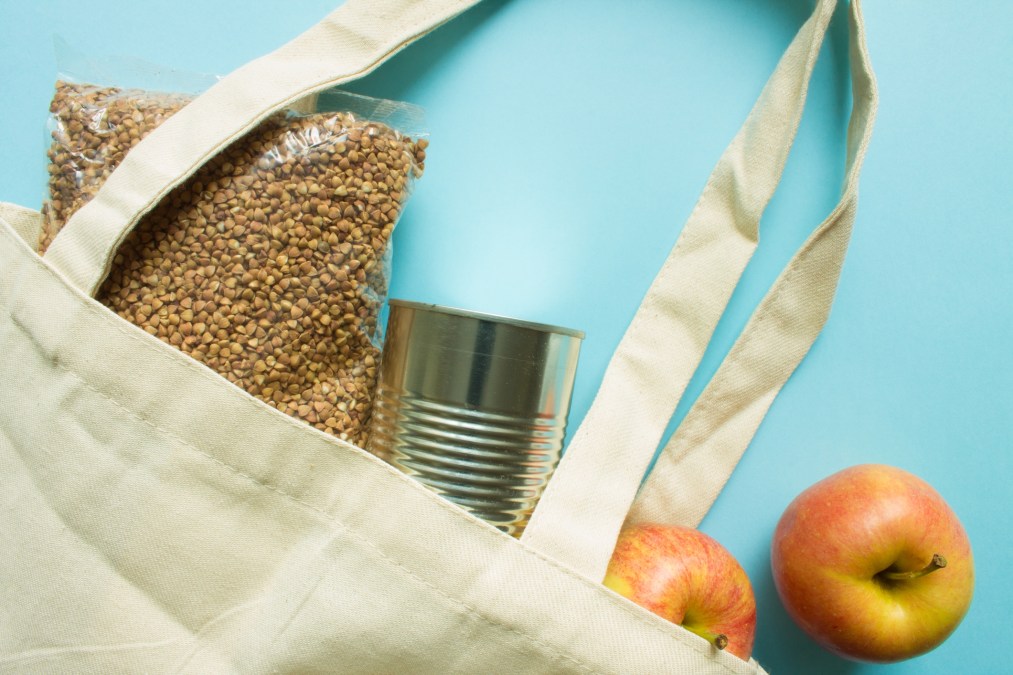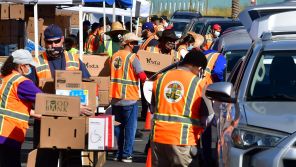New statewide food bank map shows Californians where to find food

Californians struggling to find food can now go online to find the nearest food bank or food distribution center, thanks to an interactive statewide food map released Thursday by the office of Los Angeles Controller Ron Galperin.
The new map features more than 1,800 food centers across the state and will be updated regularly, according to Galperin, who in March designed food-resource maps for the city and county of Los Angeles to get help during the coronavirus pandemic. The statewide map enables users to search for nearby food banks or pantries and shows the contact information, hours of operation and description for each site, such as whether it caters to elderly people or families. People are still encouraged to call ahead before arriving, Galperin said.
“There is an alarmingly high level of food insecurity in every corner of the state right now,” Galperin said in a press release. “Job losses, reduced work hours and school closures have made it hard for Californians to both pay their bills and get enough food to feed their families.”
Galperin’s office attempted to address other basic needs beyond food in a COVID-19 Resource hub that launched last week with links to federal, state and local assistance programs for 16 categories of need, including immigrants and people in the arts. But even before the coronavirus pandemic — which has killed more than 2,500 people in California and 76,000 nationwide — about 12 percent of California residents were food-insecure, according to the Association of California Food Banks.
No one had mapped all of the disparate food resources across the state, Galperin told StateScoop, so he and his team had to “scour” nonprofits’ websites and other publicly available data to plot each location on a county-by-county basis. The “considerable effort” necessary to build the map also revealed the contrast between rural and urban areas in how easily accessible food is, Galperin said. Parts of Northern and Central California are especially at risk, with food banks either nonexistent or located very far away from most residents.
“One thing that the COVID-19 crisis has laid bare is that food insecurity is a critical issue throughout the state, and it will remain so when the crisis subsides,” Galperin said. “Too many families do not know where their next meal will come from, and the food banks, pantries and distribution centers that help meet those needs are so important to keeping our society healthy and fed.”






